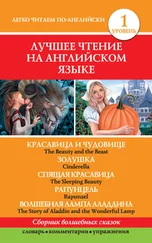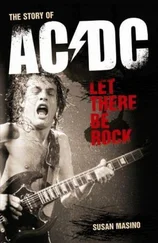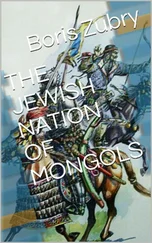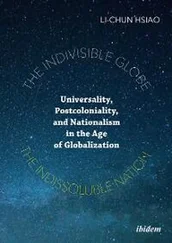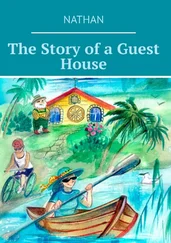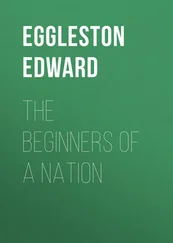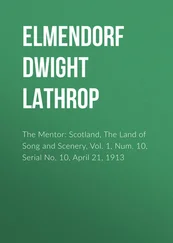SCOTLAND
THE STORY OF A NATION
MAGNUS MAGNUSSON

HarperCollins Publishers 1 London Bridge Street London SE1 9GF
The HarperCollins website address is:
www.harpercollins.co.uk
First published in Great Britain by
HarperCollins Publishers 2000
Copyright © Magnus Magnusson 2000
The Author asserts the moral right to
be identified as the author of this work
All rights reserved under International and Pan-American Copyright Conventions. By payment of the required fees, you have been granted the nonexclusive, nontransferable right to access and read the text of this e-book on-screen. No part of this text may be reproduced, transmitted, downloaded, decompiled, reverse engineered, or stored in or introduced into any information storage and retrieval system, in any form or by any means, whether electronic or mechanical, now known or hereinafter invented, without the express written permission of HarperCollins e-books.
Source ISBN: 9780006531913
Ebook Edition © SEPTEMBER 2012 ISBN 9780007374113
Version: 2016-03-15
HarperCollinsPublishers has made every reasonable effort to ensure that any picture content and written content in this ebook has been included or removed in accordance with the contractual and technological constraints in operation at the time of publication.
From the reviews of Scotland: The Story of a Nation :
‘The answer to a prayer – a history of this complex country that is at the same time intelligent and intelligible’
IAIN GALE, Sunday Herald (Glasgow) Books of the Year
‘Readable, poignant, fascinating, a lively combination of narrative and analysis’
The List
‘[Magnus Magnusson] is excellent on the sense of place in history, and any visitor to Scotland would benefit from taking this book as a companion’
ALLAN MASSIE, Spectator
‘This is never a dry and dusty academic account. [Magnusson] weaves into his narrative a geographical tour of the country’s historical sights that can only come from being a former chairman of Scottish Natural Heritage. His colourful descriptions of history’s main players are often filled out with humorous and telling anecdotes of the time … The great strength to which Mr Magnusson plays is the richness of characters who set the course of the nation’s history, from the Roman Agricola through William Wallace, Robert the Bruce, Mary Queen of Scots and John Knox to Rob Roy, Sir Walter Scott and beyond. The book will fill many a dark winter evening for anyone who wants to learn more about Scotland’s complex past’
LAURA KIBBY, Sunday Express
Cover
Title Page
Praise
Copyright
List of Maps
Introduction
1 In the Beginning
2 The Romans in Scotland
3 Picts, Scots, Britons, Angles and Others
4 Macbeth
5 Malcolm Canmore and St Margaret
6 David I
7 William the Lion
8 The Thirteenth Century: Alexanders II and III
9 John Balliol – ‘Toom Tabard’
10 William Wallace
11 Robert Bruce
12 David II
13 Robert II and Robert III
14 James I
15 James II
16 James III
17 James IV and the Renaissance
18 James V
19 Mary Queen of Scots: 1 – Reign and the Reformation
20 Mary Queen of Scots: 2 – Imprisonment and Civil War
21 James VI and the Union of the Crowns
22 Charles I and the National Covenant
23 Charles II and the Covenanters
24 James VII & II: The Last Stewart King
25 William and Mary: ‘The Glorious Revolution’?
26 Queen Anne and the Act of Union
27 Risings and Riots
28 ‘Bonnie Prince Charlie’ and the ’45
29 Sir Walter Scott: ‘The Wizard of the North’
Epilogue: ‘There Shall be a Scottish Parliament’
Appendix A: Chronology
Appendix B: Kings and Queens of Scotland
Sources
Index
Acknowledgements
About the Author
By the Same Author
About the Publisher
Scotland
The Romans in Scotland
Early medieval Scotland (C.AD 700)
The Battle of Stirling Bridge, 11 September 1297
The Battle of Otterburn, 19 August 1388
The Battle of Flodden, 9 September 1513
The Battle of Solway Moss, 24 November 1542
Montrose’s withdrawal north from Inveraray and his mountain crossing to attack Inverlochy, January – February 1645
The Battle of Dunbar, 3 September 1650
The Battle of Worcester, 3 September 1651
The Battle of Killiecrankie, 27 July 1689
The Battle of Prestonpans, 21 September 1745
The Battle of Culloden, 16 April 1746
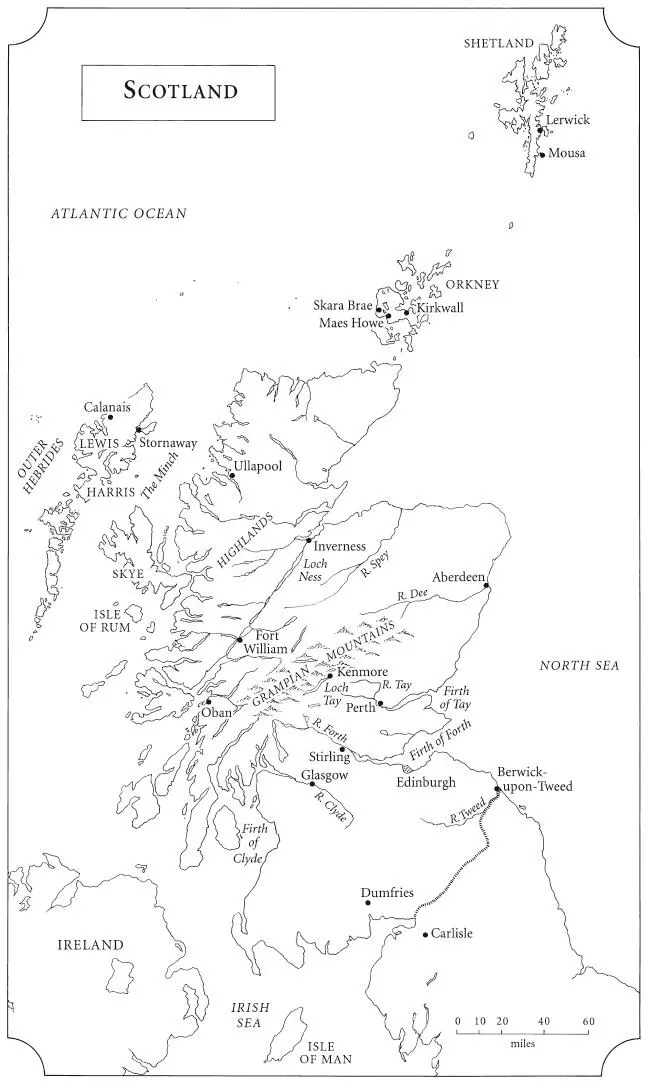
These Tales were written in the interval of other avocations, for the use of the young relative to whom they are inscribed [Sir Walter Scott’s grandson, John Hugh Lockhart]. They embrace at the same time some attempt at a general view of Scottish History, with a selection of its more picturesque and prominent points … The compilation, though professing to be only a collection of Tales, or Narratives from the Scottish Chronicles, will nevertheless be found to contain a general view of the History of that country, from the period when it begins to possess general interest.
SIR WALTER SCOTT,
PREFACE TO TALES OF A GRANDFATHER
These are stirring times for Scotland. With a parliament of its own – the first for 292 years – Scotland stands on the threshold of a new future. What this future will bring is anyone’s guess; all we can be sure of is that it will be informed and influenced by the past, just as our present has been. History gives the present a context.
In this book I have tried to tease out the significant strands in Scotland’s history which highlight the key concepts of nationhood and identity. When and how did the many peoples who inhabited Scotland become Scots? When and how did the country of Scotland become the nation of Scotland? How did relationships with England (and other nations) evolve? How did an independent realm develop? How did the role of kingship, the concept of monarchy, develop? When and how did the governance of Scotland evolve into the community of counsels which is now called parliament?
All these threads are woven, often luridly, into the tapestry of Scotland’s past. But what was that past? The Scottish history which I absorbed in my childhood was the history of Scotland as expressed and cast in the nineteenth century by the greatest novelist of his day, Sir Walter Scott. Some 175 years ago he wrote Tales of a Grandfather (1827–29), purportedly for the edification of his grandson John Hugh Lockhart, whom he addressed by the neat pseudonym of ‘Master Hugh Littlejohn’. In the Tales , Scott told history essentially as story. He was a brilliant teller of history. And he had a wonderful feel for the natural landscape, for the scenes where history happened – history on the hoof, one might call it. This is one of the things which have made his Tales such an enduringly popular exposition of history for generations of readers of all ages.
Like every historian, Scott had his own views – there is no such thing as truly objective history: every generation writes its own history to suit its own agenda, for history is part of the process of cultural definition and redefinition. Scott’s agenda was very clear. Soon after writing the Tales , he expanded his children’s book into a ‘grown-up’ History of Scotland, 1033–1788 (published in 1831). His purpose, as he put it, was ‘to show the slow and interrupted progress by which England and Scotland, ostensibly united by the accession of James the First of England, gradually approximated to each other, until the last shades of national difference may be almost said to have disappeared’.
Читать дальше




